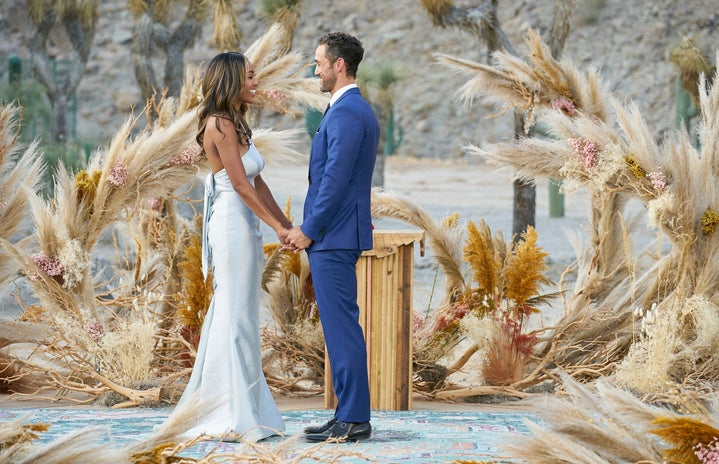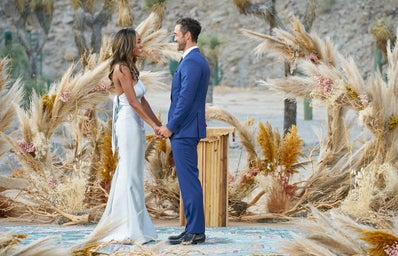Recently, Married at First Sight UK has come to occupy a divisive slot on British television. Originally launched as a scientific experiment, the program, which airs four times a week on Channel 4, has since crossed over to the realm of reality television. Indeed, its 2015 seedling was marketed as a genuine investigation, attempting to either prove or disprove the ‘my type on paper’ hypothesis. A team of psychologists matched together perhaps two or three couples, based on extensive research and out of thousands of applicants. There was something endearing about this surrender to science in pursuit of true love, irrespective of whether things actually worked out, the prospect was there.
Today’s edition can only be described as reality TV in its most tropish form; cliffhanger advert breaks, ‘spontaneous’ screaming matches (conveniently filmed, right on cue), and slightly too much lip filler. And yet, whilst everyone acknowledges its questionable features, viewers keep returning with ratings soaring. What is it about this formula that has captured a national audience?
The impetus for the show’s recent transformation is the success of the Australian franchise, which follows the same format. As the title indicates, matched couples meet for the first time on their wedding day, before embarking on a series of trials intended to test the feasibility of their relationship. These trials culminate in a commitment ceremony, during which the couples decide whether to stay in the process. This decision aptly characterises the show, a modern take on an ancient ritual in which divorce becomes a simple matter of yes or no. What the contestants have to lose is the first few weeks of a relationship and the potential to maximise their social media profiles, rather than years of shared experiences and understanding. In this sense, the show could be seen to cheapen and insult the sanctity of the marital deed, an argument no doubt raised by religious critics.
However, some might say that all Married at First Sight UK does is broadcast an arranged marriage in its most traditional sense. Two people are matched together based on perceived compatibility. This concept is unfamiliar to conventional British practice, in turn infusing the ensuing drama with a farce-like quality. Despite the theatrics, arranged marriages are obviously a well-established cultural practice in a variety of global cultures. Nevertheless, such matches are not typically commodified to millions of viewers as entertainment. In contrast, Married at First Sight operates around the premise that these relationships will not work, and that the resulting drama will boost spectator ratings. In fact, the culture that surrounds arranged marriage is entirely different, with the program springing from the recent popularity in reality TV series such as Love Island and Too Hot to Handle. All work under the false promise of true love.
Despite all of these important questions, it is easy to see why viewers have become so enthralled. Beyond the fact that its regular airing makes for ready-made binge material, Married at First Sight is undeniably entertaining. In a society consumed by the presence of online dating, there is something refreshing about the possibility of unfiltered, in real life romance. Take for example the situation between Morag and Luke. At first, Morag was not quite taken with her groom, suggesting she would typically have overlooked him had she been dating outside of the experiment. Instead, the program encouraged the pair to look past first impressions, and despite a rocky ride, the couple have remained in the process.
It is still essential that we interrogate these seemingly benign ideas. Although we should hope that the majority of the contestants are genuinely taking part to find love, ulterior motives, such as fame and notoriety, threaten to shadow their ‘pure’ intentions. However, it is the ‘experts’ and producers that are truly to blame, for pretending that what they’re offering is a genuine chance at a successful marriage. In a television franchise in which a virgin was matched with a bride interested in swinging (albeit on the Australian version), it is impossible to overlook the borderline sadistic creation of relationships which appear destined to implode. Encouraging the couples to interact with one another in a Love Island-style living arrangement, alongside the dinner party, serves no other purpose than to encourage drama between pairings.
Sadly, it is this drama which makes the program so engrossing, we love to hate it. Producers will continue to capitalise on our seemingly insatiable appetite for reality television. While the demand is there, we can only expect such programmes to dominate the small-screen.



